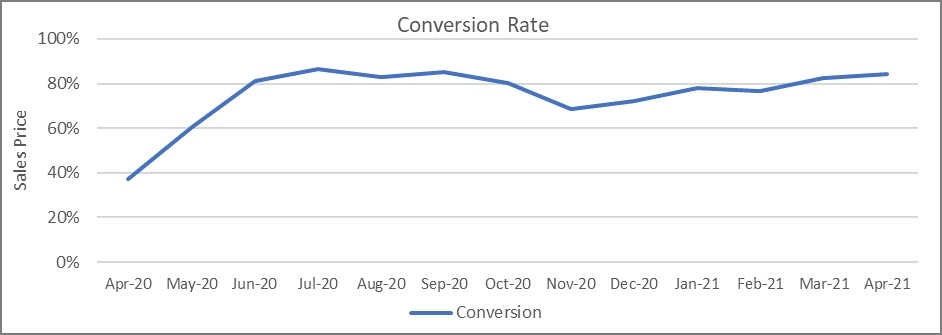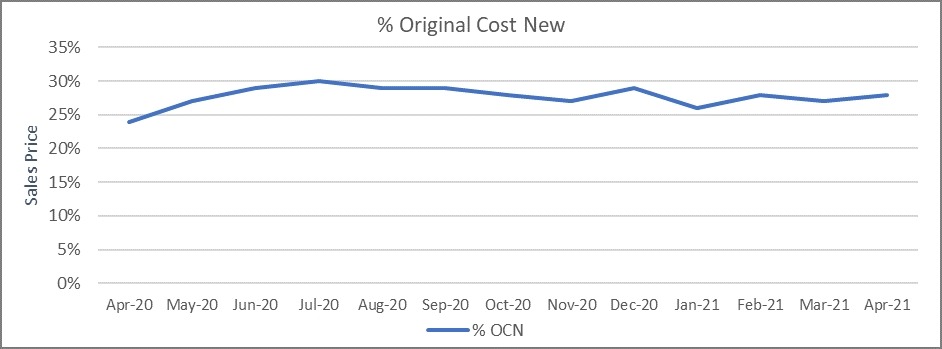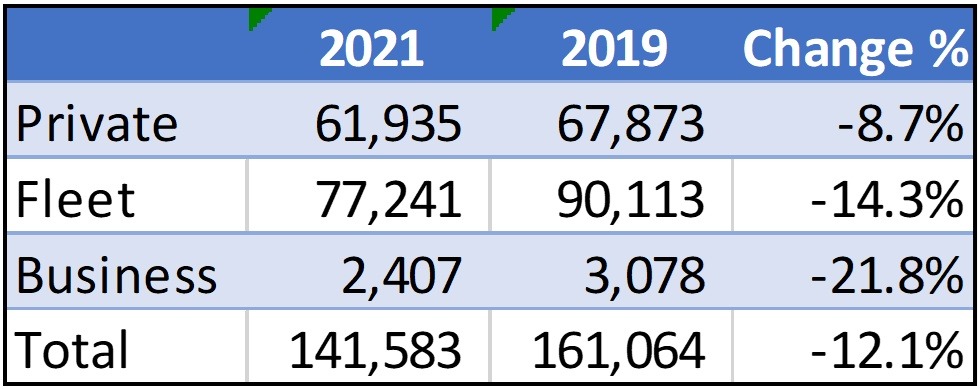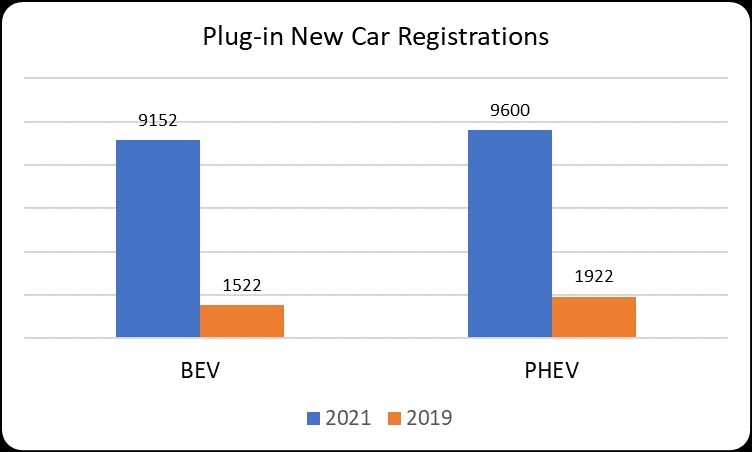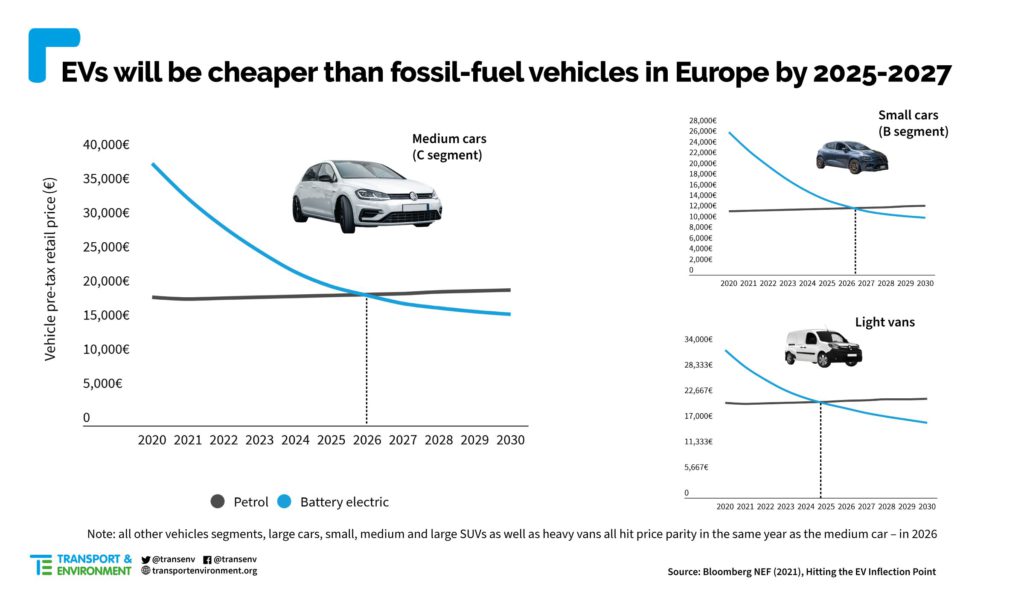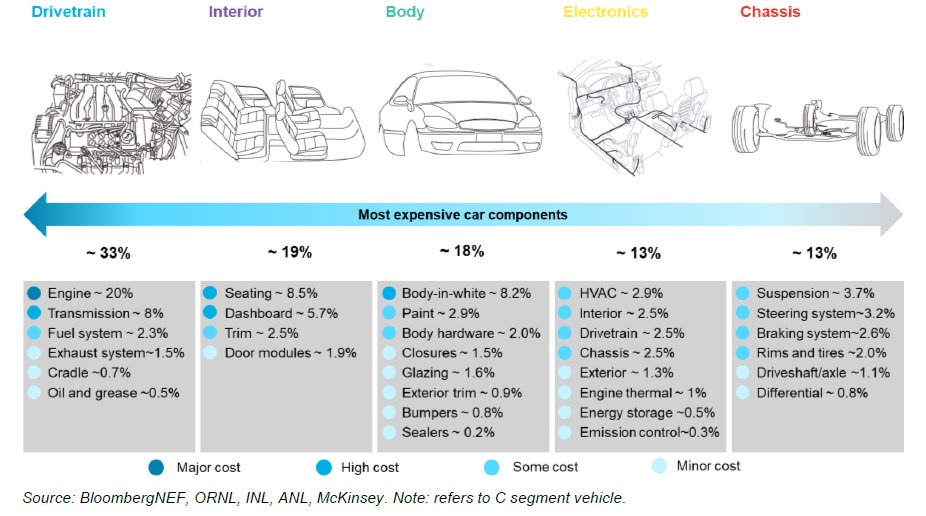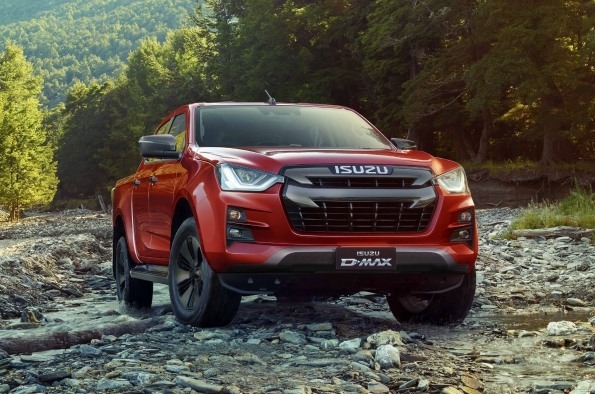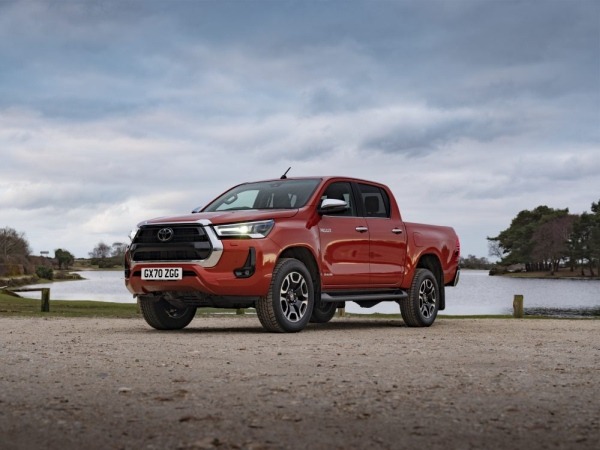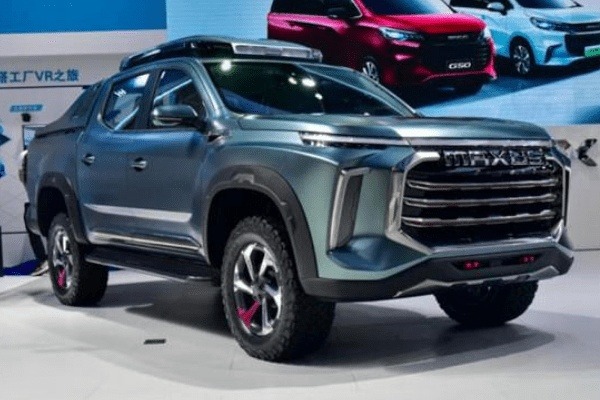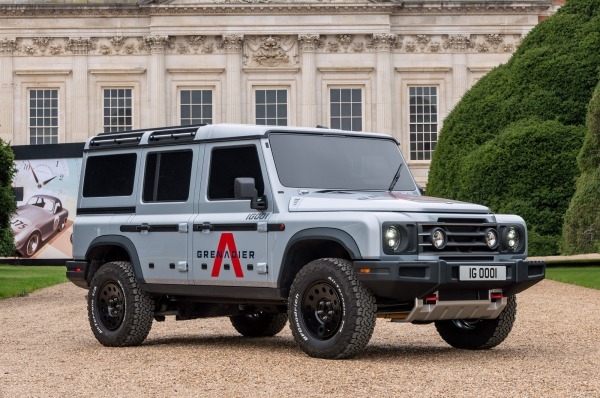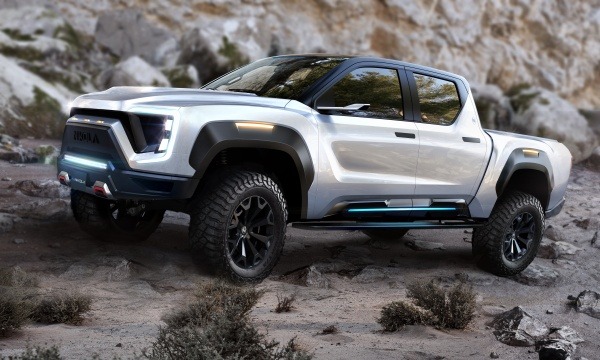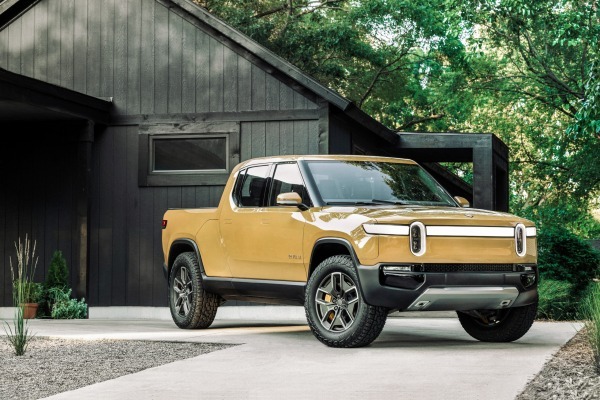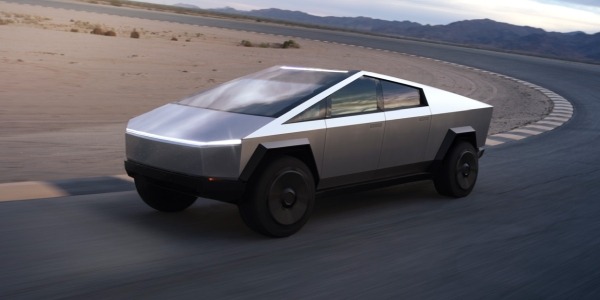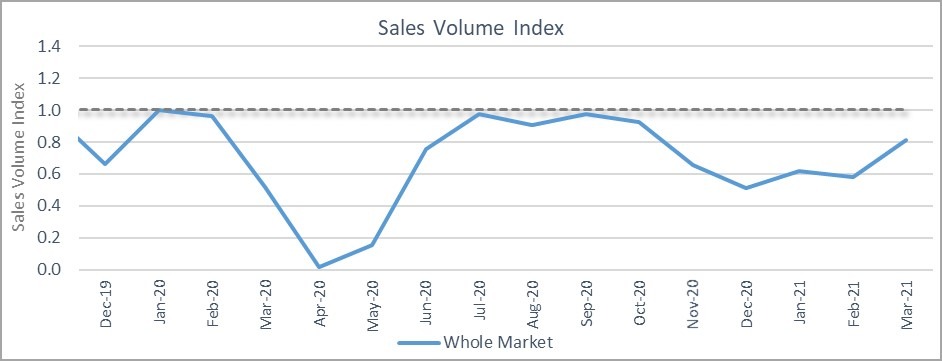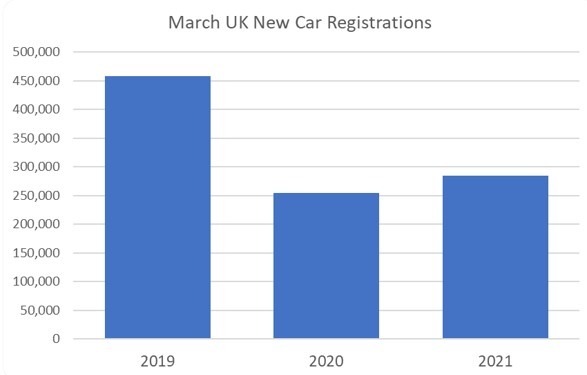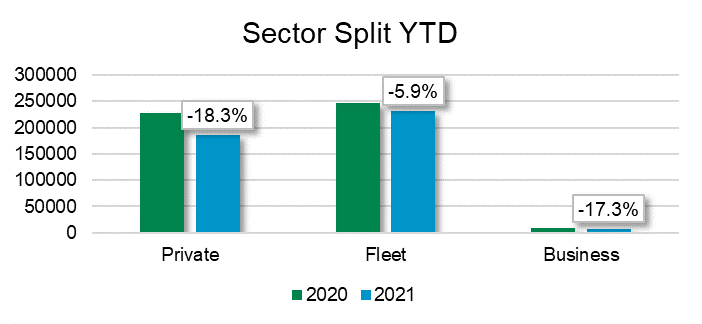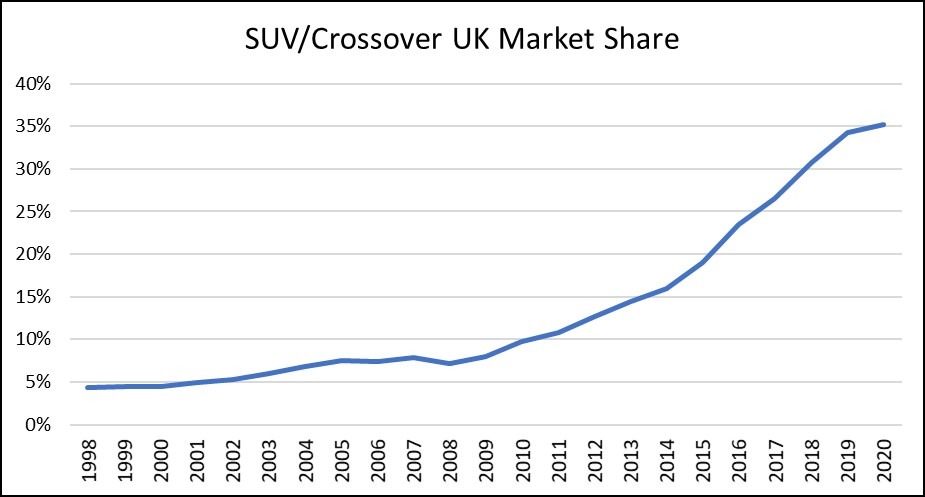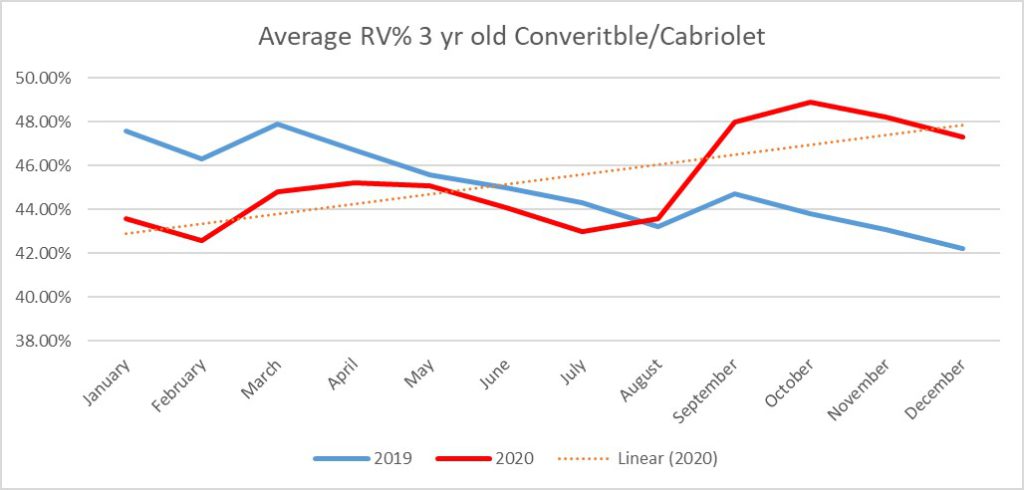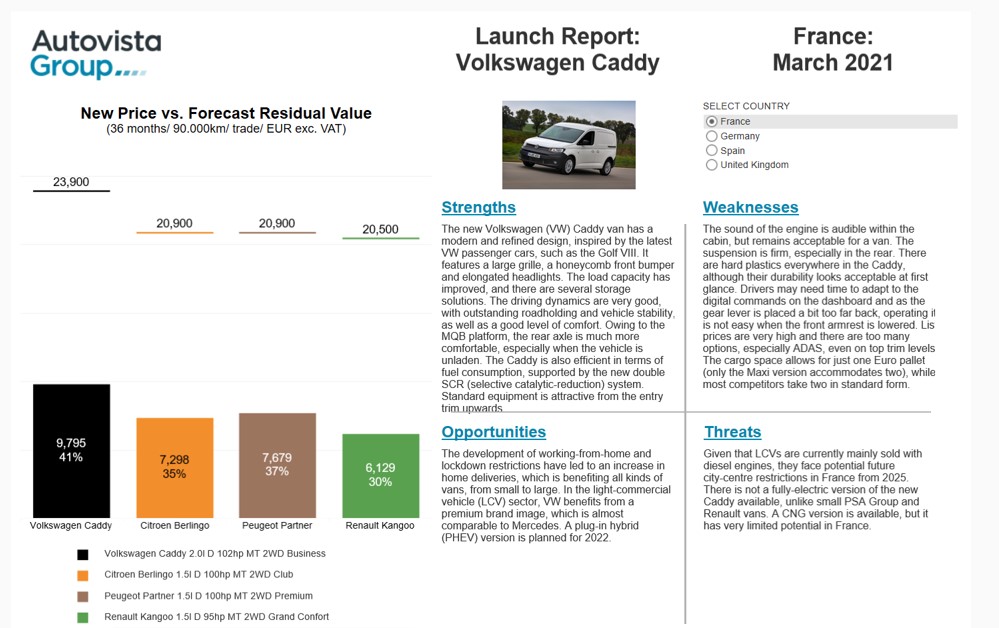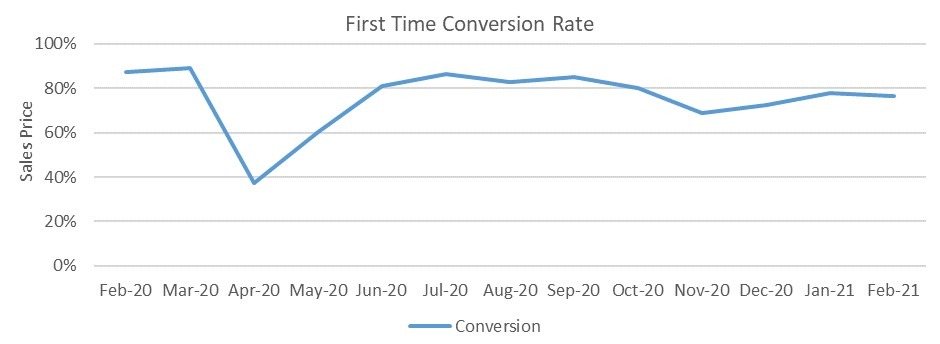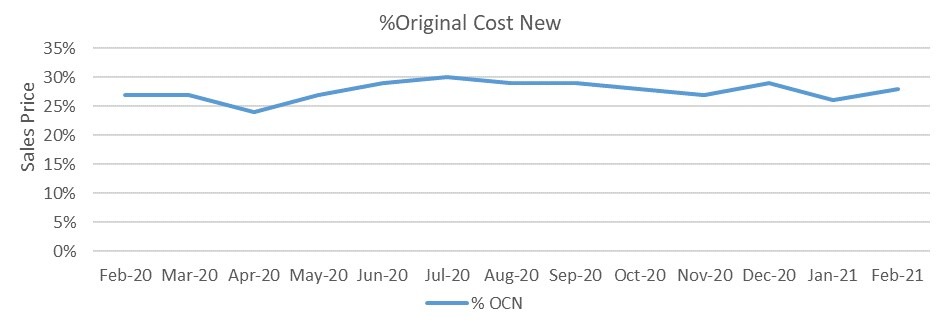The Strength of the LCV Market
As supply challenges in the new market continue to disrupt the used LCV sector and drive prices up, Chief Commercial Vehicle Editor, Andy Picton reflects on the new and used Light Commercial Vehicle (LCV) market over the last twelve months and forecasts the likely effects on residual values over the next twelve.
New Market
SMMT data revealed that the 30,440 April registration total is 27,053 units more than in April 2020, the first full lockdown month of the COVID-19 pandemic. This growth was largely driven by demand in the 2.5-3.5-tonne sector, where registrations in the first four months have nearly doubled those in the same period in 2020. The current market paints a misleading and overly optimistic picture. Firstly, many of the registrations attributed to the first quarter of this year were orders placed during the second half of last year. Secondly, the latest registration figures were set against a backdrop of the first full month of the pandemic, when most registration activities stopped due to coronavirus lockdowns.
The production lines are now back up and running, but the new vehicle sector continues to face obstacles. Raw material and semi-conductor shortages are leading to production and logistical challenges. Further delays due to COVID compliant working practices have affected both manufacturers and vehicle convertors. Delivery times for many vehicles are already pushing into 2022, making the SMMT’s April revised registration forecast of 369,000 optimistic. As a result of the delayed deliveries, fleet registrations are likely to reduce as operators keep existing vehicles, choosing to run them for longer until these issues are resolved. This inevitably means a reduction in used vehicle supply.
Used Market
April has seen the used market in resilient form with prices remaining strong with high first-time conversion rates for anything that is retail-ready.
With limited volumes of sub-2-year old stock, buyers are continuing to haggle over the best examples. A lack of new stock and manufacturer-supplied late-year stock is forcing franchised dealer groups into the wholesale market in search of retail-ready examples.
It is expected that there will be disruption in the wholesale market for another 12-18 months. The new market challenges continue to have a huge impact on the supply of stock to the used market. De-fleet programmes are being delayed, reducing the level of used stock available and some vendors have already started to cancel regular auction sales due to the stock situation.
During April, only 4% of all stock sold was in the sub-2-year old age bracket, 28% was in the 2 to 4-year-old age bracket, whilst vehicles over six years old contributed to 39% of all sales. Medium-sized vans proved the most popular during April with 38.9% of all sales, small vans followed with 28.8% and large vans were third with 23.4%.
Overall used market strength
A lot has happened in the LCV sector since the beginning of 2020. Looking back to 2019 gives a better indication of how the market as a whole has strengthened. In April 2019, the used LCV market was steady, with Glass’s data revealing that more than 9,000 units had been sold at auction. The average selling price across all sectors and all ages was just over 29.4% of the list price and the average age was 68.6 months. The average mileage was 75,735 and first-time conversion rates stood at a reasonable 78.2%.
Fast forward twelve months to the first full month of lockdown. Less than 600 units sold, at an average of 25.6% of the list price. The average age had increased to 71.1 months and the average mileage had increased to 79,282. First-time conversion rates had understandably crashed to 2.3%.
Now in April 2021, the demand for vans is easily exceeding 2019 levels. The increase in home delivery shopping during the pandemic, along with the supply of essential equipment is resulting in a surge in demand. A lack of new stock availability and increasing buyer engagement in the wholesale market has seen nearly 3,500 more vans sold in April 2021 than in April 2019 as demand spirals. Average sale prices have increased by over £3,000 in this time, now equating to 39.7% of list price. Although the average age has increased to 73.2 months, the average mileage has reduced slightly to 78,782. First-time conversion rates have jumped to 84.6% and the average days on-site for each vehicle has dropped from 41.2 days last year to an impressive 10.1 days now, proving that everything is selling quickly.
Euro 6 and Pre-Euro 6 split
Looking at the same 2019-2021 period but splitting those units sold between Euro 6 and pre-Euro 6, reveals the current strength in the market and the increasing demand for later plate stock. The average Euro 6 sale price has risen from 42.3% to 56.2% of list price, whilst the average age has increased by 1.2 months to 33 months. Average mileage has decreased from 46,716 to 40,425, whilst first-time conversions have gone up from 80.0% to 85.1%.
Pre-Euro 6 stock performance was equally as impressive but is now showing signs of levelling off. Average prices have risen from 22.8% of list price to 33.5% and first-time conversions from 77.3% to 84.3%, although the average age has increased from 86.4 months to 90.9 months and average mileage has increased from 89,796 to 95,311 miles.
By sector
As the April data for 2019 and 2021 demonstrates, every sector has recorded higher volumes of vehicles sold. Alongside this, the average age has increased and except for 4×4 Pick-ups, the average mileage has also increased. The strength of the market and demand for the stock is borne out by the level of the price increase and relative list price percentage and the first time conversion rate across each sector.
| April 2019 – April 2021 | Small Vans | Medium vans | Large vans | 4×4 Pick-ups |
| Approx Sold Volumes | 2,700 – 3,500 | 3,150 – 5,000 | 2,050 – 2,500 | 1,200 – 1,800 |
| Sale Price Increase | £1,700 | £3,350 | £3,700 | £3,500 |
| % of List Price | 26.0% – 34.8% | 29.8% – 41.8% | 23.3% – 34.7% | 43.2% – 50.7% |
| Average Age (months) | 68.3 – 76.8 | 67.6 – 73.0 | 70.6 – 70.7 | 65.8 – 67.6 |
| Average Mileage (miles) | 70,588 – 73,811 | 77,729 – 81,268 | 86,370 – 91,696 | 63,969 – 63,631 |
| First-Time Conversion | 78.8% – 88.1% | 81.0% – 84.4% | 79.5% – 82.1% | 69.3% – 81.8% |
Residual Values
With lead times for new vans being extended, operators have little choice but to run their current fleets for longer. As a result, fewer Euro 6 vehicles will be entering the wholesale market this year forcing used prices up further.
Where previously, there was a distinct two-tier wholesale market of Euro 6 and pre-Euro 6 stock, these lines are becoming blurred. Throughout 2021, values for pre-Euro 6 stock are expected to rise for certain models as some buyers are priced out of the Euro 6 market, forced to replenish stock with slightly older or cheaper vehicles.
Used van inflation is now baked into the market with no price realignment expected in the medium term. Until the supply of new LCVs becomes more predictable, the current restrictions linked to fleet renewal and the part-exchange of used vans will continue to cause supply issues in the wholesale market.
Glass’s continues to monitor the LCV market closely and has an open dialogue with auction houses, manufacturers, leasing and rental companies, independent traders and dealers as well as the main industry bodies. This information, combined with the wealth of knowledge in our CV team ensures Glass’s valuations remain relevant in the marketplace in these uncertain times.

 Close
Close
